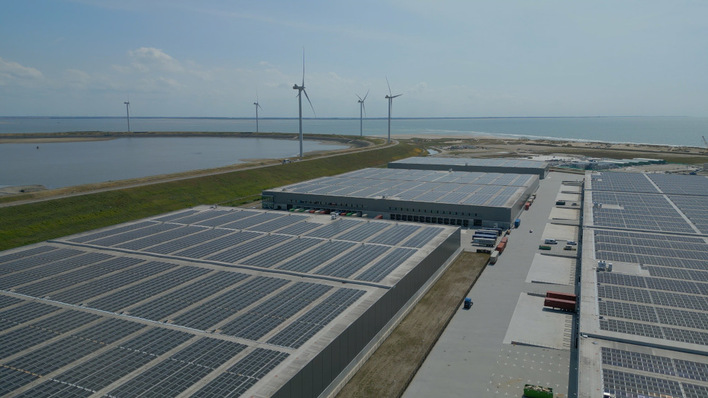To capture this DG growth and support its growing global ecosystem of DG solar infrastructure, Nextracker also entered into two new agreements with channel partners RP Construction Services (US) and Vergo (Turkey and regional solar markets). Nextracker’s partners are qualified to sell the company’s NX Horizon solar tracker systems enabling customers to scale their DG projects more rapidly in the commercial and industrial segment. These channel partners will provide Nextracker products and systems to address the smaller utility-scale market and DG solar power generation applications typically under 30 megawatts.
See also: Nextracker’s trackers and software to be deployed by Signal Energy in the US
With over 90 GW of smart solar trackers operational or under fulfillment around the world, Nextracker NX Horizon solar trackers are well-suited for both utility-scale and DG solar projects. NX Horizon’s independent-row, balanced tracker design and software solutions enable deployments in all geographies, sizes and most terrains—from flat sunny and rectangular sites to irregular more diffuse and undulating locations. The NX Horizon platform allows EPCs to conform to sites with irregular and rolling terrain layouts and can eliminate the need for additional grading, lowering costs, and using space more efficiently while helping to boost energy yield and financial returns for both utility-scale and DG project owners.
What is distributed generation energy?
DG applications play a key role in lowering energy costs and advancing reliability, security, and resilience of the energy grid. DG resources with ground mount solar tracker systems are typically up to 30 MW each in output, can come with backup batteries and can form microgrids to produce electricity on a smaller scale connected to a distribution grid (compared to utility-scale solar, which is connected to the transmission system). This allows clean power to be generated right where it is used, and in many policy-supported states, DG systems allow businesses to sell unused energy generation to the grid for a profit.
Also interesting: Solar farms with trackers and batteries in the UK
Microgrids can also operate autonomously during extreme weather events and during widespread grid failure, a key benefit for hospitals, server farms, semiconductor fabs, government buildings and other critical infrastructure needing 24/7 uptime. DG technology and infrastructure also enable community solar that provides easier access to affordable clean energy. (mfo)








